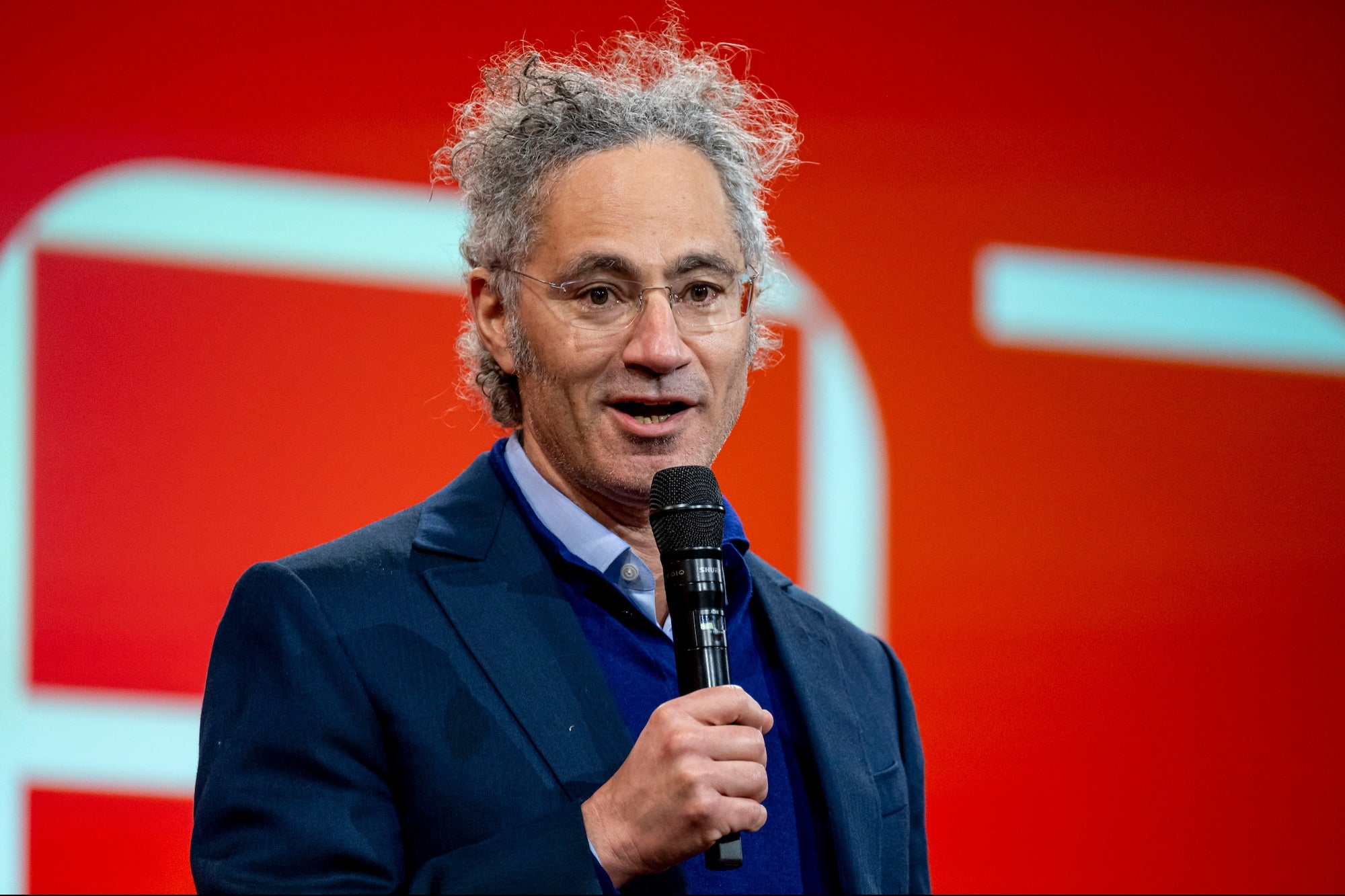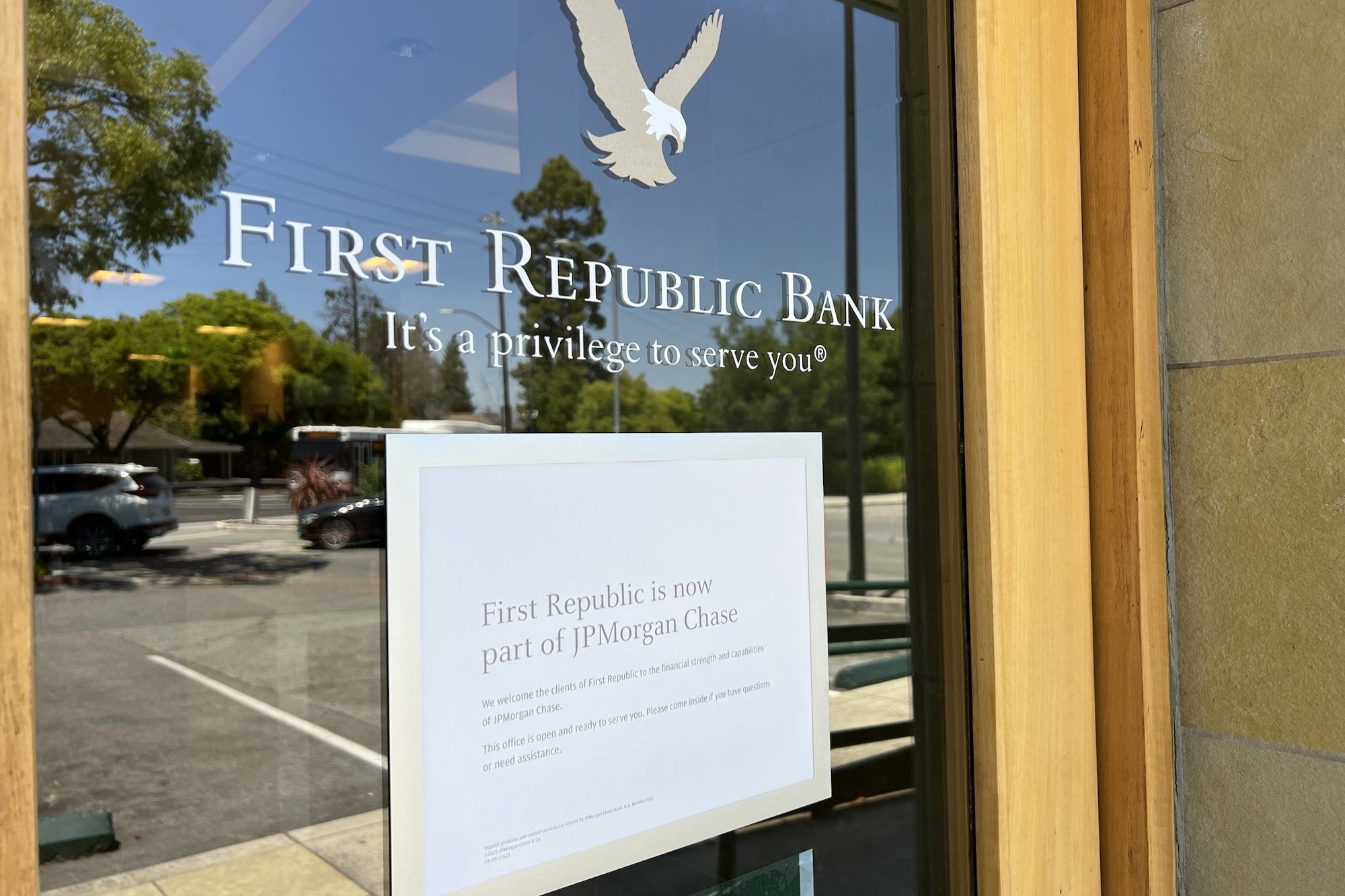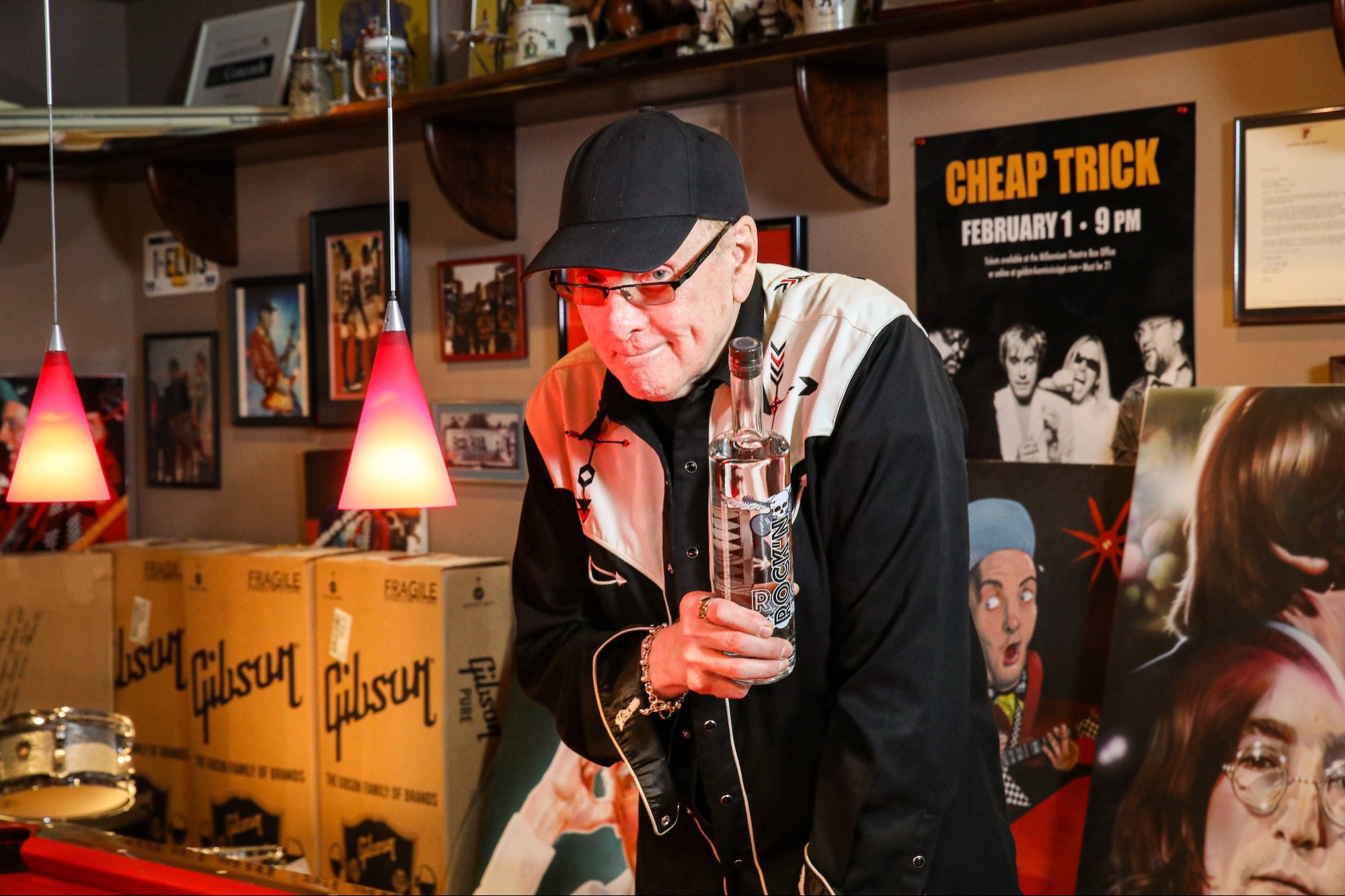Opinions expressed by Entrepreneur contributors are their own.
Every entrepreneur dreams of building more than a brand. They want to build a movement — something agile and mobile, powered not just by a product, but by people. A self-sustaining community where culture fuels connection, and connection fuels growth.
That’s what Nick Ansom created with the Hoopbus in Los Angeles. Now, he’s taking that vision global.
The Hoopbus was born out of one of Ansom’s earliest basketball creations: the Venice Basketball League, a grassroots pro-am tournament launched nearly two decades ago on Venice Beach.
What began as a vibrant gathering of hoopers from across Los Angeles quickly grew into a cultural force, backed by a community centered around the love of the game. And at the center of it all is a bright yellow school bus with a basketball hoop.
Join top CEOs, founders and operators at the Level Up conference to unlock strategies for scaling your business, boosting revenue and building sustainable success.
From the start, VBL events were as much about performance as they were about community.
“It was competitive,” says Hoopbus Executive Director Tobias Dimarco, “but it was really about putting on a show.”
MCs on rollerblades hyped up the crowd, while elite dunkers and entertainers from around the city delivered high-energy spectacles. Courtside, the league made a meaningful impact by offering smoothie stations, teaching kids about nutrition and promoting health and wellness through fun, hands-on experiences.
“It was such an open, welcoming community,” Dimarco says. “Over the years, the feedback was always the same: ‘How do I get this experience where I’m from?’
Ansom, at the time, was focused on his life’s passion: building basketball courts around the country, when the idea for the hoop bus came together.
“I think it was a perfect storm that came together,” says Dimarco. “We were already putting hoops on anything and everything, running events, and building this community that wanted to be part of it. But we needed a way to move — our people, our gear, everything. So we thought, why not get a bus and put hoops on it?”
Related: The Next Chapter of Basketball? Why This New League Is Betting Big on 1v1 Hoops
Shortly after the first bus was completed, the Los Angeles basketball community was shaken by the tragic death of Kobe Bryant in January 2020. In tribute to the Lakers legend, the Hoopbus rolled through a grieving city adorned with purple and gold nets, a Kobe-themed interior, and a striking mural of Bryant painted on the roof.
Kobe’s passing seemed to mark the beginning of a tumultuous period in society, soon followed by the COVID-19 pandemic and the murder of George Floyd, which sparked global protests against police brutality. That summer, the Hoopbus and its crew were on the front lines of the social justice movement, traveling from California to Washington, D.C., and joining demonstrations across the country.
“That was the foundation for what we now call Vehicles for Change,” says Executive Director Tobias Dimarco. “That’s what we want the buses to be — our medium for expressing how we see the world.”
Half a decade later, the “OG HoopBus” is still rolling with some 700k miles on the odometer, and the company has expanded into a nonprofit 501(c)(3) with six domestic buses.
Building on their success in the U.S., the Hoopbus team took their mission global — launching El Hoopbus in Mexico City in 2024, followed shortly after by Le Hoopbus in Ansom’s native France. But their latest international initiative might be their most creative yet.
Related: Von Miller Learned About Chicken Farming in a College Class – And It Became the Inspiration for a Business That Counts Patrick Mahomes as an Investor
Basketball without borders
The Hoopbus runs on compassion as much as gasoline, driven by a mission to expand access to basketball and share the joy of the game with those who need — and want — it most. Few places are better suited for that mission than the Philippines, which Ansom calls “the holy land of basketball.”
“I’ve never been more inspired than I was there,” Ansom says of the country. “Seeing people live to play and make basketball a way of life puts things into perspective. I’ve never experienced anything like it.”
Beyond the country’s deep passion for basketball, the Philippines also has a rich relationship with buses — specifically the iconic Jeepneys, the most popular form of public transportation. That cultural overlap made it feel like a Hoopbus, or HoopJeep, was destined to land there. But that doesn’t mean it was easy.
The Philippines initiative wouldn’t have been possible without the support of VC investor Peter Robert Casey and his donor-advised Play With Purpose Fund at JDS Sports.
“He completely changed the outlook for us,” Dimarco recalls. “We told him, ‘We want to build a bus in the Philippines and bring this experience there.’ He asked how much we needed—and within two days, the full amount was in our account.”
“HOOPBUS Philippines will create moments and memories that last long after the final whistle,” adds Robert Casey. “From refurbishing courts to running free youth clinics, this project is proof that basketball can be a “vehicle for impact,” exactly what Play With Purpose exists to support.”
Building courts and building culture
With funding secured, Hoopbus Philippines faced a new challenge: the country’s shift away from traditional Jeepneys due to growing concerns about pollution. Ironically, the transition sparked widespread protests — creating a spirit of activism reminiscent of the environment where the original Hoopbus was born.
“Nobody wanted to build the bus at first,” Ansom recalls.
They eventually partnered with Milwaukee Motors, a Philippines-based company whose only connection to the American city is a shared love for the Milwaukee Bucks.
The first meeting between the Hoopbus crew and Milwaukee Motors didn’t happen in a boardroom — rather, a makeshift garage deep in the Philippine jungle.
“There was an address, but nothing there,” Ansom recalls. “Just a dirt road and the sound of welding torches in the distance.”
After haggling over the price, Ansom decided the best path forward was to design and build the bus from scratch. That way, it could be fully road-compliant, registered, insured and equipped with a new engine built to last for decades.
“We’re not the most formal team,” Dimarco admits with a laugh, “and trying to bring formality and timelines into the process was tough. Eventually, we had to accept that we’d get it when we get it.”
Conclusion
While the logistics are complex, the goal of the HoopJeep is simple.
“There are three pillars,” DiMarco explains. “Area beautification through court refurbishments, resource distribution, and youth programming.”
That means installing 500 new rims and nets, donating thousands of basketballs and shoes, and showing up for the communities that need it most.
“There are so many overwhelming problems in the world, it can make your head spin,” he adds. “But my philosophy is simple: Show kindness, empathy, and understanding — and hopefully, that inspires someone else to do the same.”








